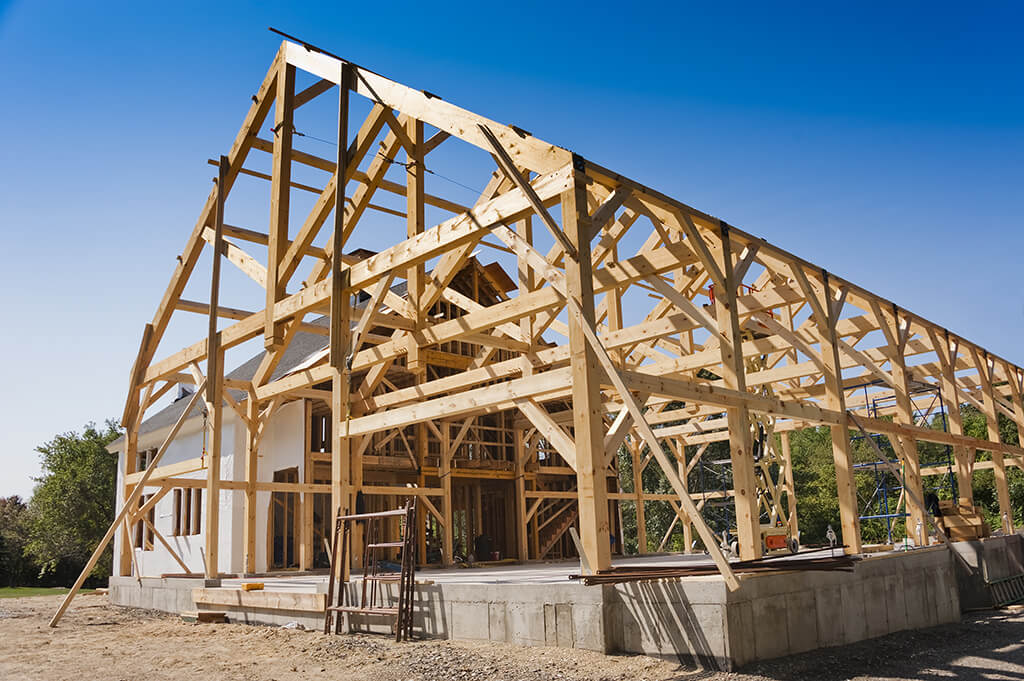Asset management plan Resilience to Seismic Activity

Designing Asset management plans to be resilient to seismic activity requires specialized engineering techniques and considerations to ensure structural integrity and safety during earthquakes. Asset management plans can effectively withstand seismic forces through proper design, material selection, and construction practices that enhance their seismic performance. Here are key strategies for enhancing Asset management plan resilience to seismic activity:
1. Seismic Design Criteria:
- Seismic Hazard Assessment:
- Conduct thorough seismic hazard assessments to evaluate ground motion characteristics, site-specific seismicity, and expected seismic loads that Asset management plan may experience during earthquakes.
- Performance Objectives:
- Establish performance objectives based on bridge functionality, serviceability, and safety levels to guide the seismic design process and ensure compliance with seismic design codes and standards.
2. Structural Analysis and Modeling:
- Dynamic Analysis:
- Perform dynamic analysis using advanced modeling techniques, such as finite element analysis (FEA) or equivalent lateral force methods, to simulate seismic response and evaluate bridge behavior under seismic loads.
- Capacity Design Principles:
- Apply capacity design principles to Asset management plan components, ensuring that critical elements remain elastic while allowing certain elements to undergo controlled yielding or ductile behavior during seismic events.
3. Retrofitting and Strengthening Measures:
- Base Isolation:
- Implement base isolation systems, such as elastomeric bearings or friction pendulum bearings, to decouple the bridge superstructure from the substructure and mitigate seismic forces transmitted to the timber components.
- Cross-Bracing and Shear Walls:
- Install timber cross-bracing, shear walls, or diagonal elements to enhance lateral stiffness and resistance, redistributing seismic loads and improving overall bridge performance under seismic conditions.
4. Timber Material Considerations:
- Timber Species Selection:
- Choose timber species with high strength-to-weight ratios, stiffness properties, and ductile behavior suitable for seismic resistance, such as laminated timber (glulam) or engineered wood products (EWPs).
- Connection Details:
- Design robust timber-to-timber and timber-to-metal connections that accommodate lateral movement, prevent joint failure, and ensure continuity of load transfer during seismic events.
5. Construction Quality Control:
- Quality Assurance:
- Implement rigorous quality control measures during Asset management plan construction, including proper material handling, joint detailing, and fastening techniques, to minimize construction-induced vulnerabilities and ensure structural reliability.
6. Post-Earthquake Inspection and Monitoring:
- Structural Health Monitoring (SHM):
- Install sensors and monitoring systems to assess post-earthquake damage, monitor bridge performance, and facilitate timely inspections, maintenance, and repair interventions.
Conclusion:
Asset management plan resilience to seismic activity is achieved through a combination of proactive design measures, structural enhancements, and construction practices that address seismic hazards and promote structural integrity under earthquake conditions. By integrating seismic design principles, advanced modeling techniques, and innovative retrofitting strategies, Asset management plans can effectively withstand seismic forces, reduce vulnerability to earthquake-induced damage, and contribute to the development of resilient transportation infrastructure in earthquake-prone regions. Continuous research, collaboration among stakeholders, and adherence to seismic design guidelines are essential for advancing Asset management plan resilience and enhancing seismic performance in the face of natural disasters.




